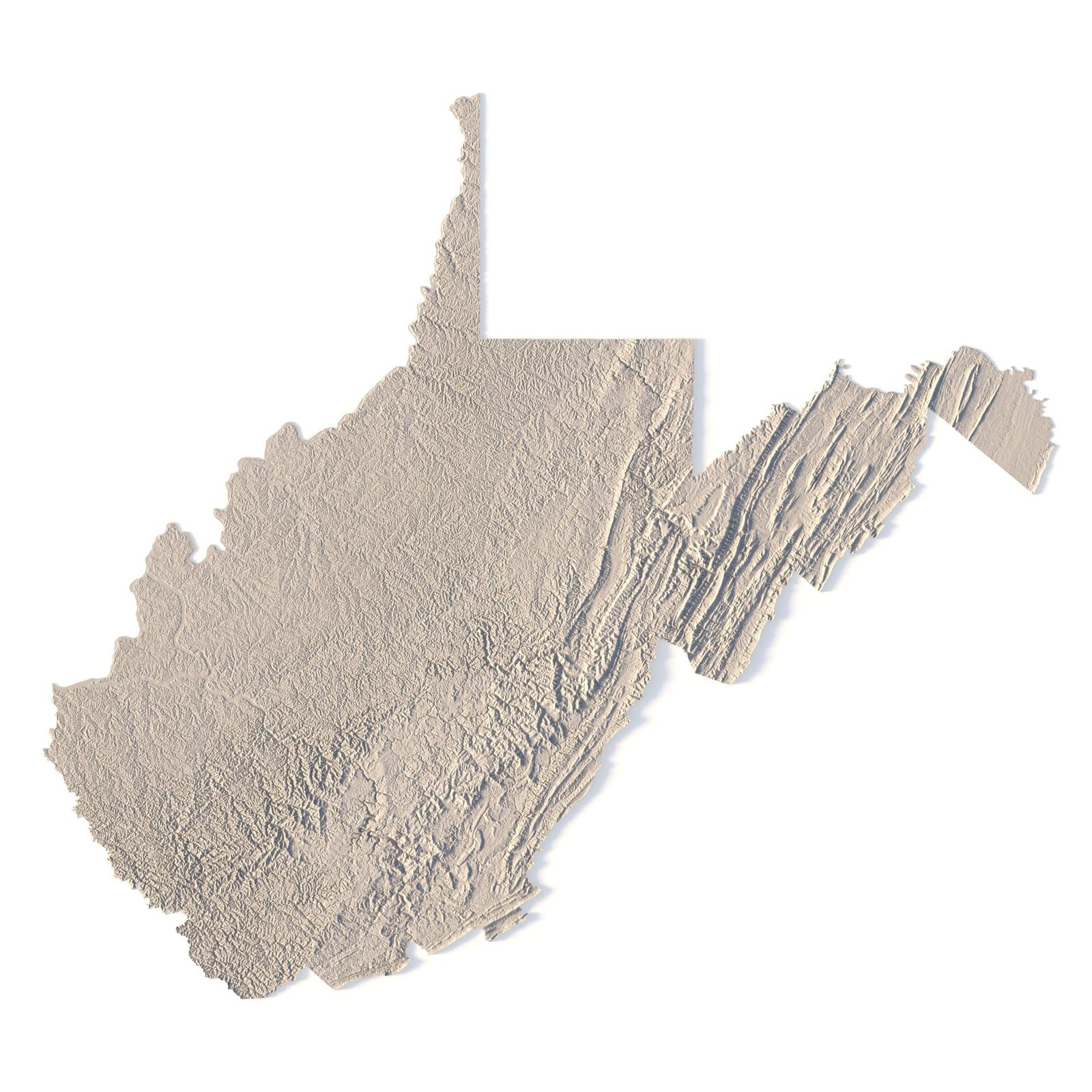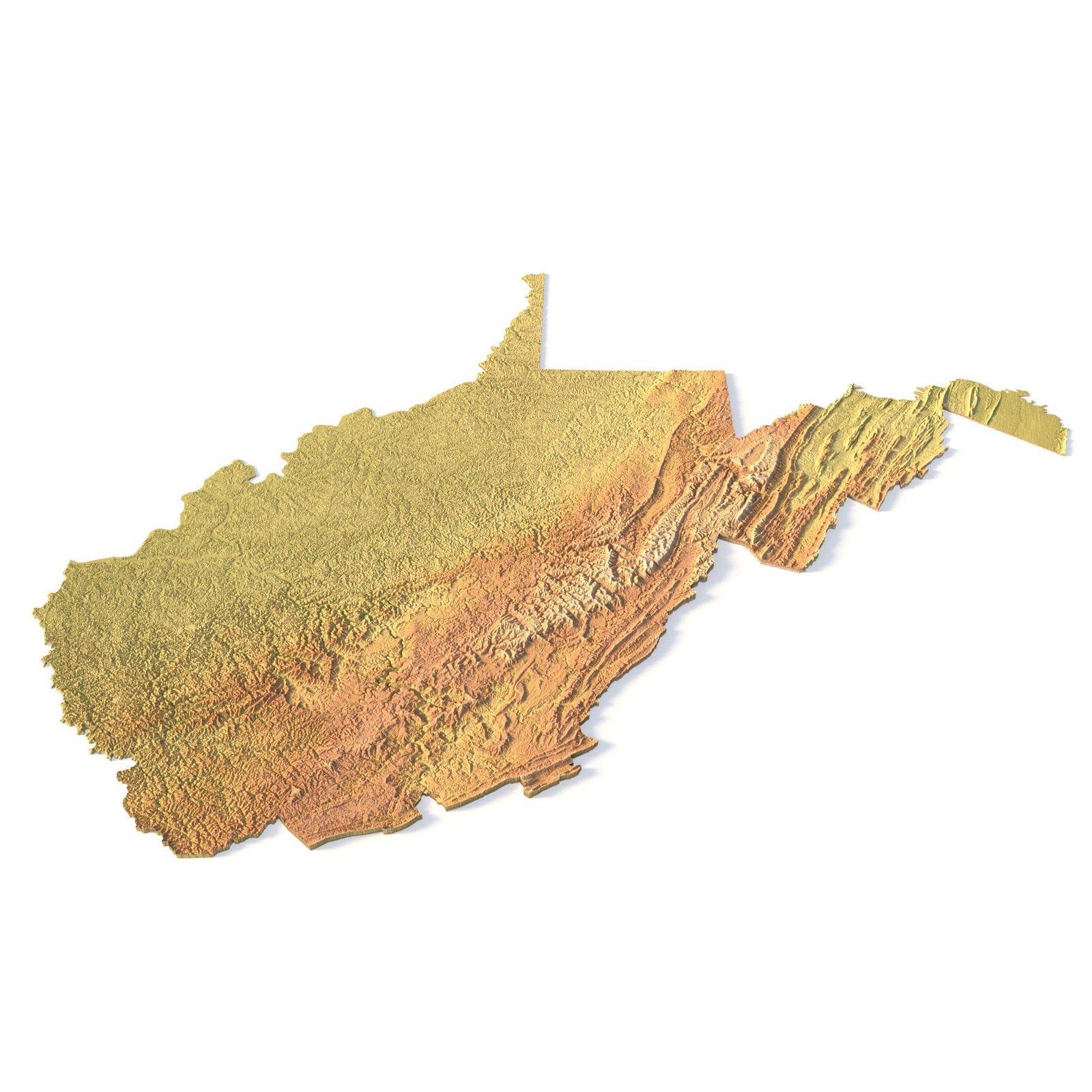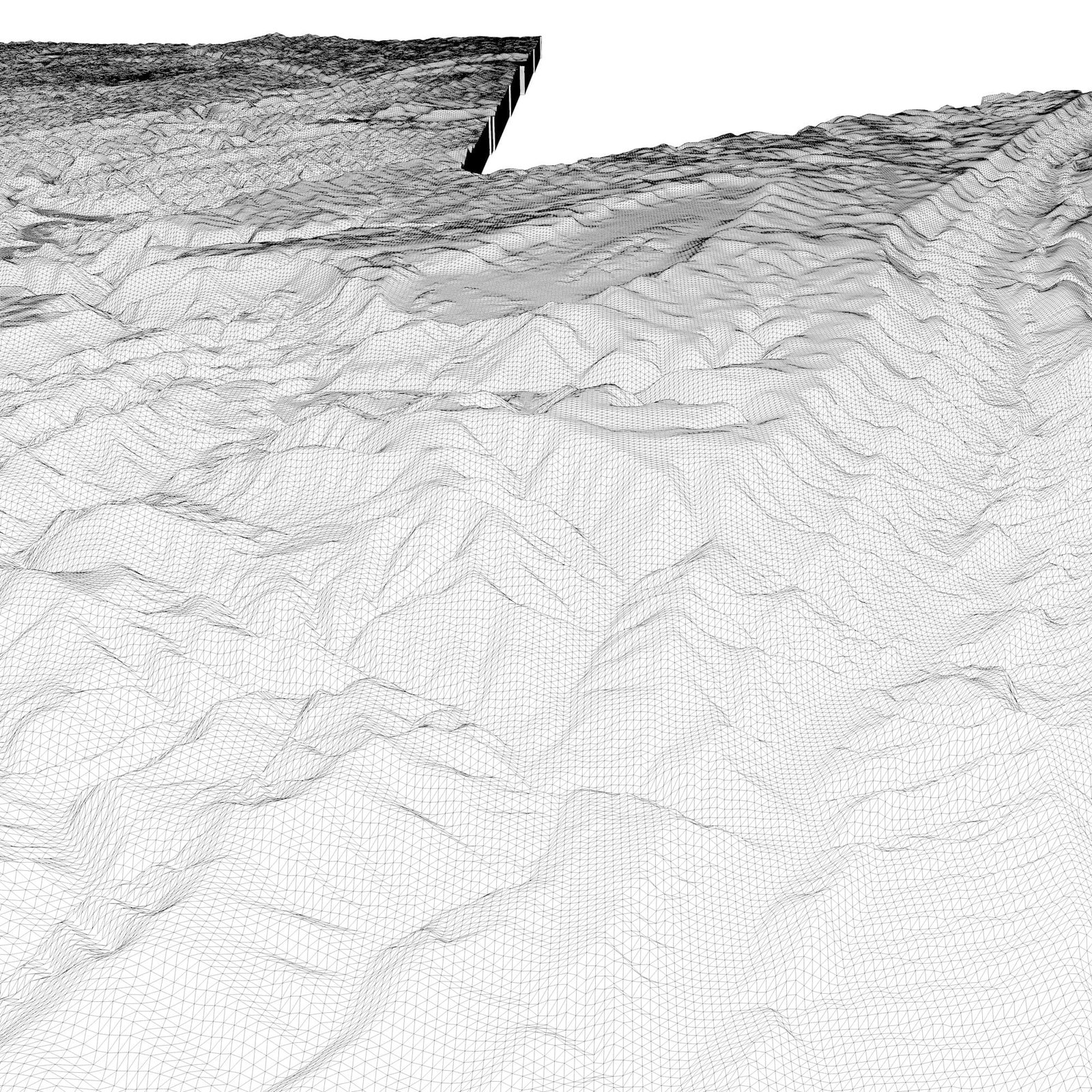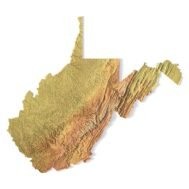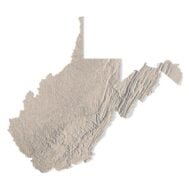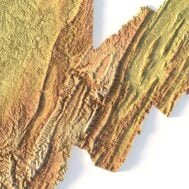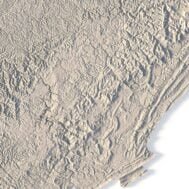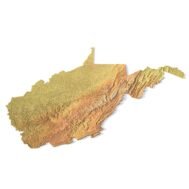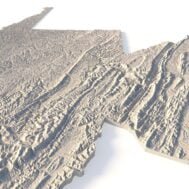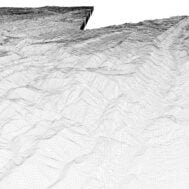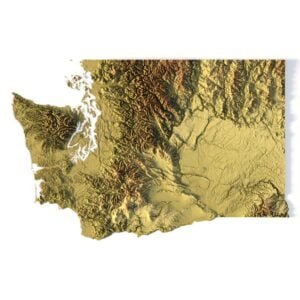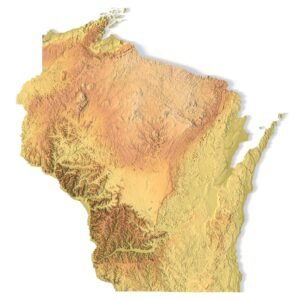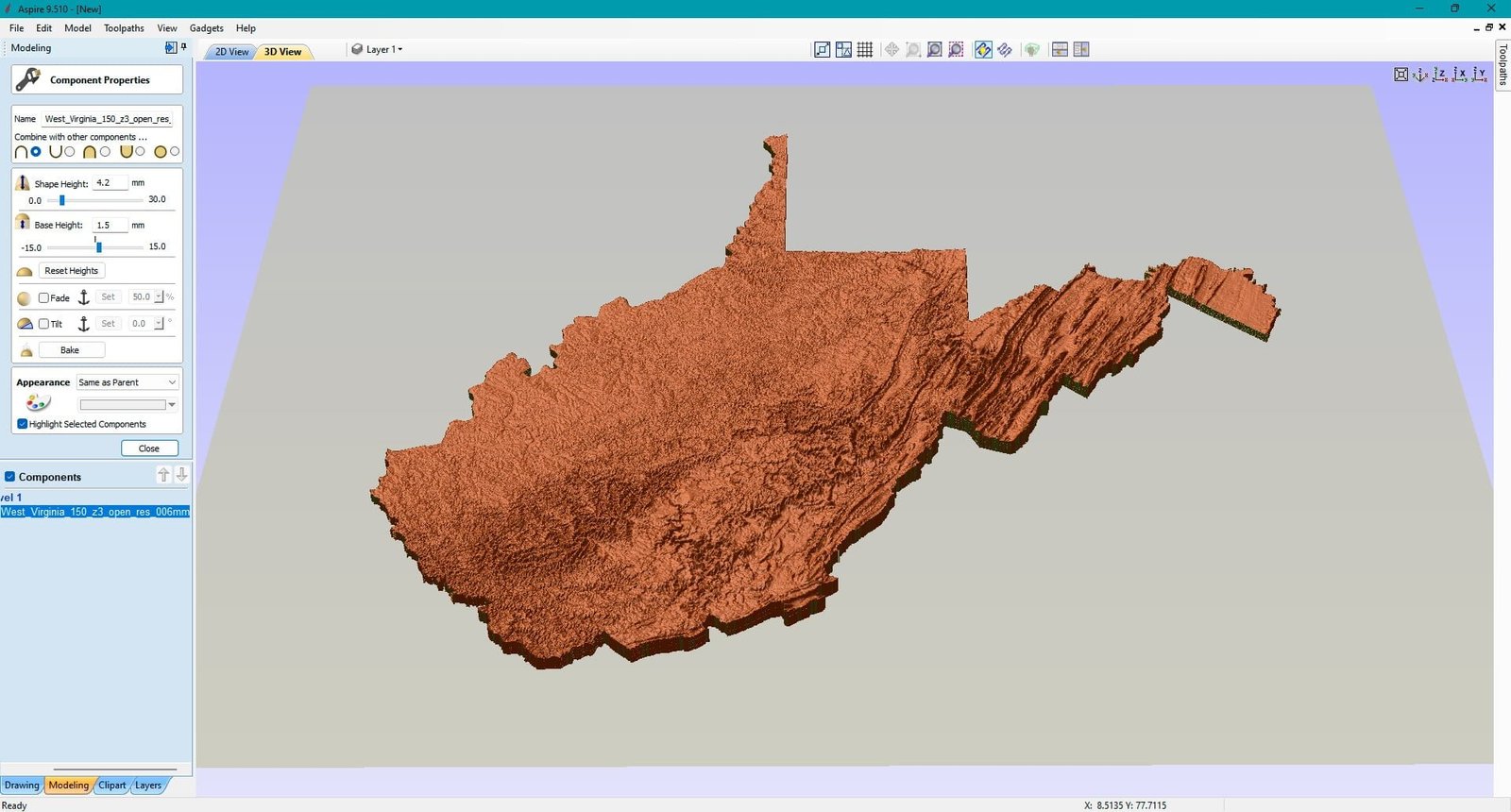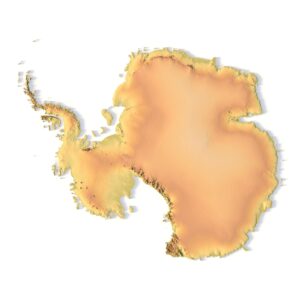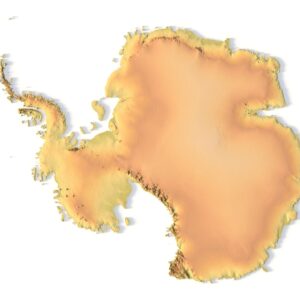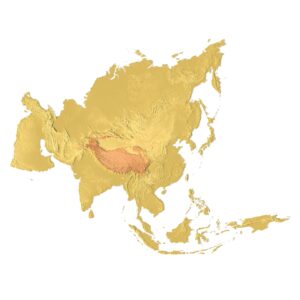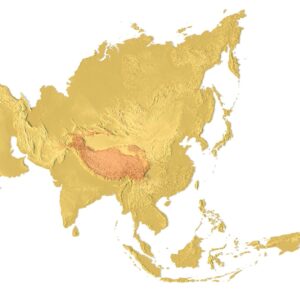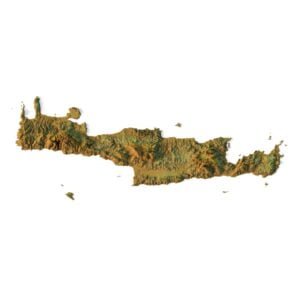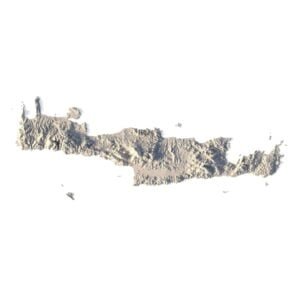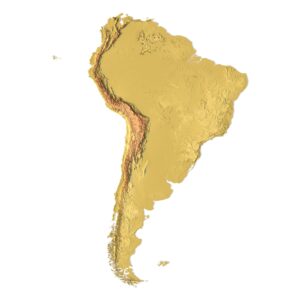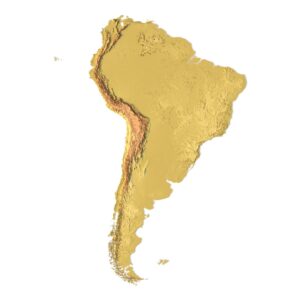Located in the Appalachian Mountain range, West Virginia covers an area of 24,229.76 square miles (62,754.8 km2), with 24,077.73 square miles (62,361.0 km2) of land and 152.03 square miles (393.8 km2) of water, making it the 41st-largest state in the United States. West Virginia borders Pennsylvania and Maryland in the northeast, Virginia in the southeast, Ohio in the northwest, and Kentucky in the southwest. Its longest border is with Virginia at 381 miles (613 km), followed by Ohio at 243 miles (391 km), Maryland at 174 miles (280 km), Pennsylvania at 118 miles (190 km), and Kentucky at 79 miles (127 km).
State of West Virginia STL model
$21.00
High-polygon 3D model state of West Virginia in STL format
![]()
- File size: 435 MB
- Model size: 219.12 mm x 195.84 mm x 1.897 mm
- Resolution: 0,06 mm
- Projection: Mercator
- Scaling factor: X — 1; Y — 1; Z — 3
- Polygons: 9 142 946
- Vertices: 4 581 814
- Geometry: Polygonal Tris only
- Base: Open
We accept VISA, Mastercard, ApplePay, GooglePay and other payment methods
You can also purchase this product using MasterCard/Visa on
RenderHub → and 3Dexport →.
What can I use a 3D model in STL format for?
STL model state of West Virginia can be used for various purposes:
- Making physical models from plastic or photopolymer using 3D printers
- Making models of wood or metal using CNC machines
- Making a high-resolution relief using 3D laser markers
- Making of “master forms” for duplication of products using foam polystyrene or concrete
- Creating computer graphics
- Creation of low-polygonal models for computer games
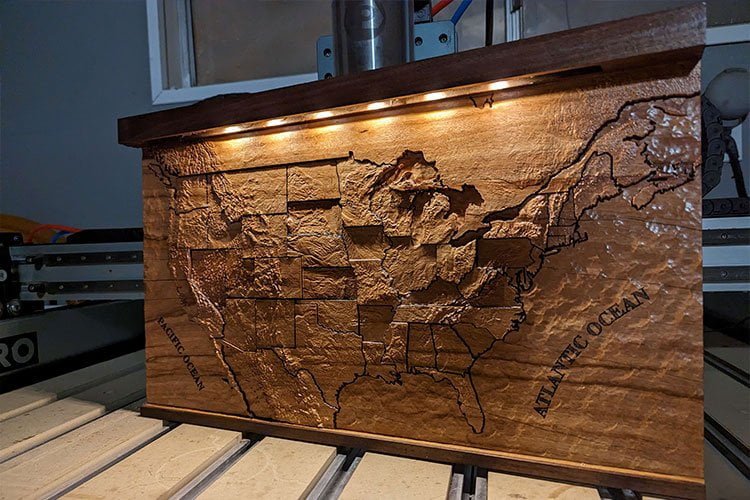
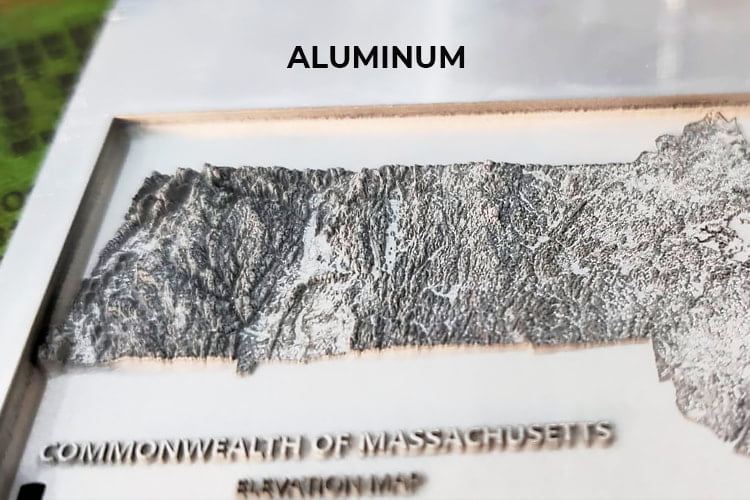
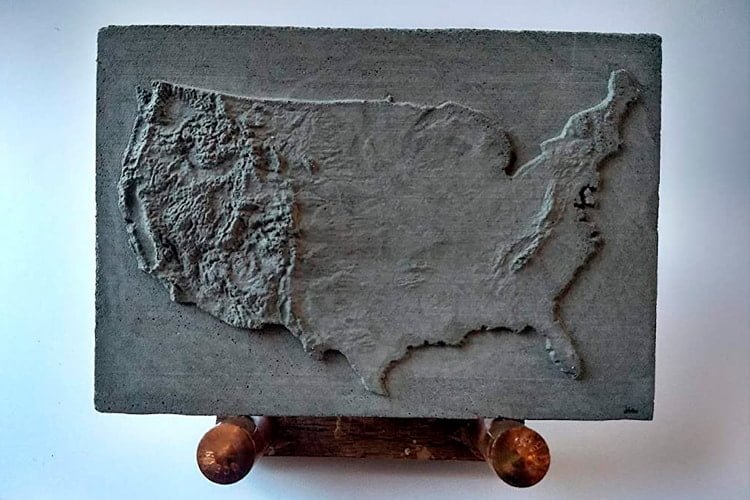
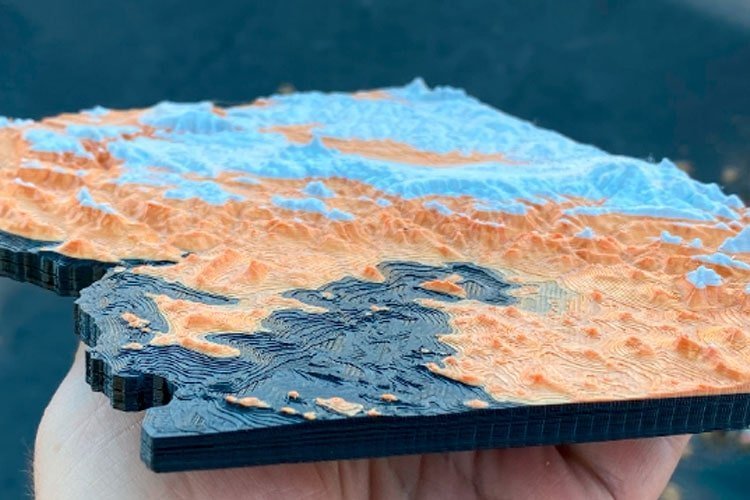
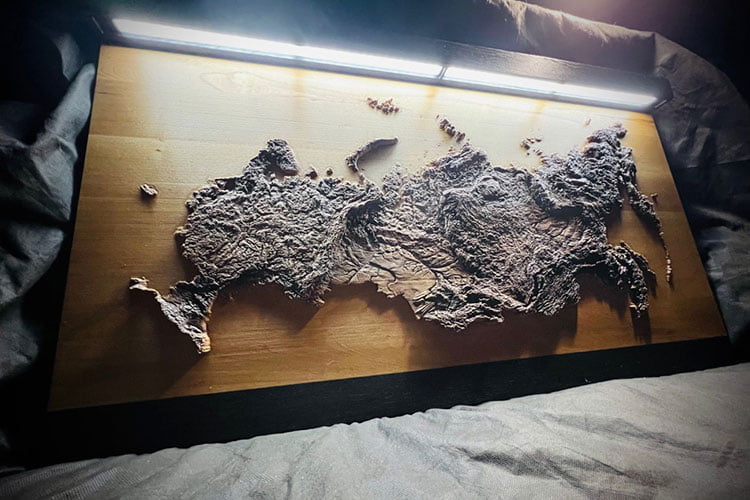
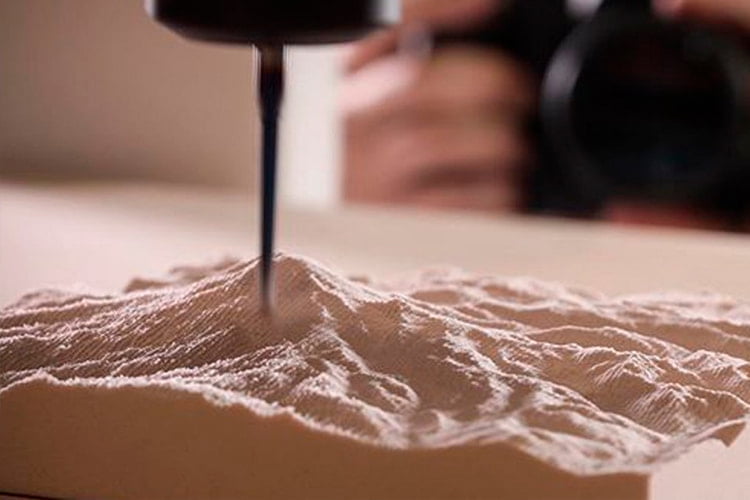

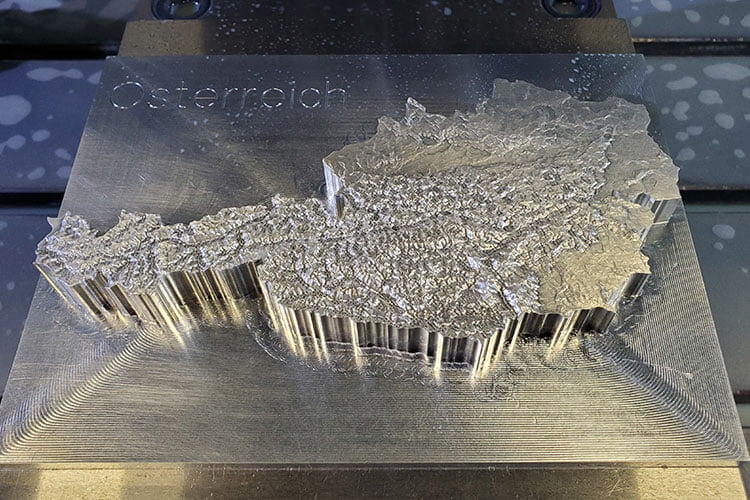

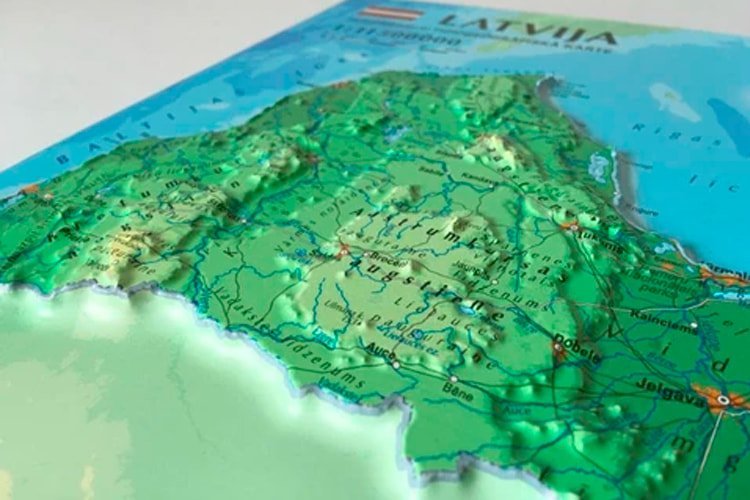
What is the resolution of the 3D model state of West Virginia?
With the development of technology, it is becoming possible to produce more and more precise relief models.
For example, there are 3D printers that can print models with a layer height of 0.16 mm, 0.1 mm, 0.05 mm, or even less. These devices require high-quality models. But a higher-quality 3D model contains more polygons and has a larger file size. One of the challenges is to find a compromise between the file size of the STL model, which would be convenient to work with, and the desired quality of the finished product.
The 3D model state of West Virginia has a fairly large size and many polygons.
Distance between neighboring points of one polygon in one plane is 0.06 mm for the specified size of the model. Therefore, such model is suitable for high-precision printing.
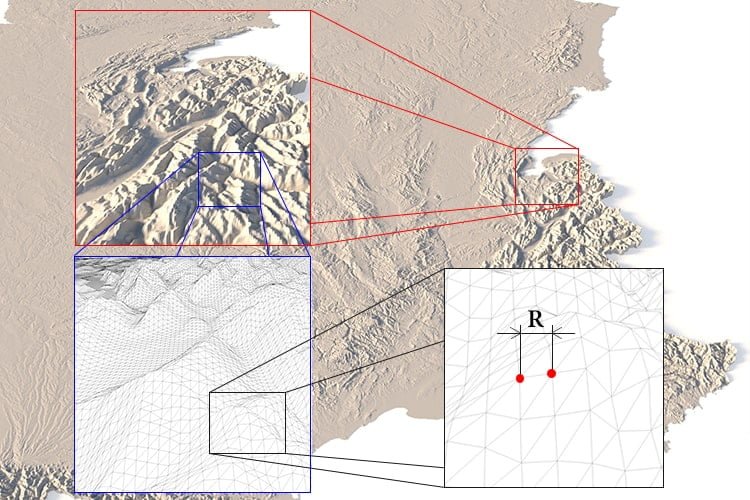
How do I change the parameters of the STL model state of West Virginia?
You can easily resize the model in any program that allows you to import STL files.
In addition to changing the scale in width, length, and height, you can add a higher base. You can also use anti-aliasing tools, add bulk text, reduce the number of polygons, etc.
Leave a request if you need a model state of West Virginia in other sizes, resolutions or projections.
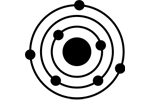 Solar System
Solar System World
World Continents
Continents Peninsulas
Peninsulas Islands
Islands Countries
Countries States of America
States of America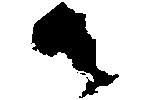 Canadian Provinces
Canadian Provinces Parks & Canyons
Parks & Canyons Fantasy
Fantasy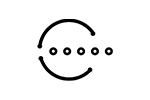 Other
Other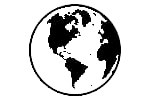 Planets
Planets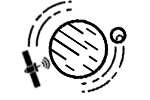 Satellites
Satellites
